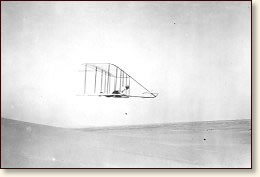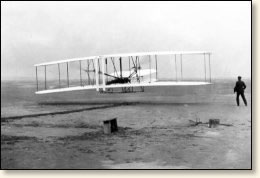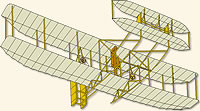Sir Chandrasekhar Venkata Raman, an Indian Physicist, was the first to
describe and explain in the review nature, in 1928, the experimental
observation of the phenomenon in liquids. On 28th February 1928,
through his experiments on the scattering of light, he discovered the
Raman Effect. He was the recipient of the Nobel Prize for Physics in
1930.
Born: November 7, 1888, Thiruvanaikaval
Died: November 21, 1970, Bangalore, India
|




.jpg)




.jpg)
.jpg)













.jpg)


.jpg)
.jpg)
.jpg)


.jpg)

.jpg)